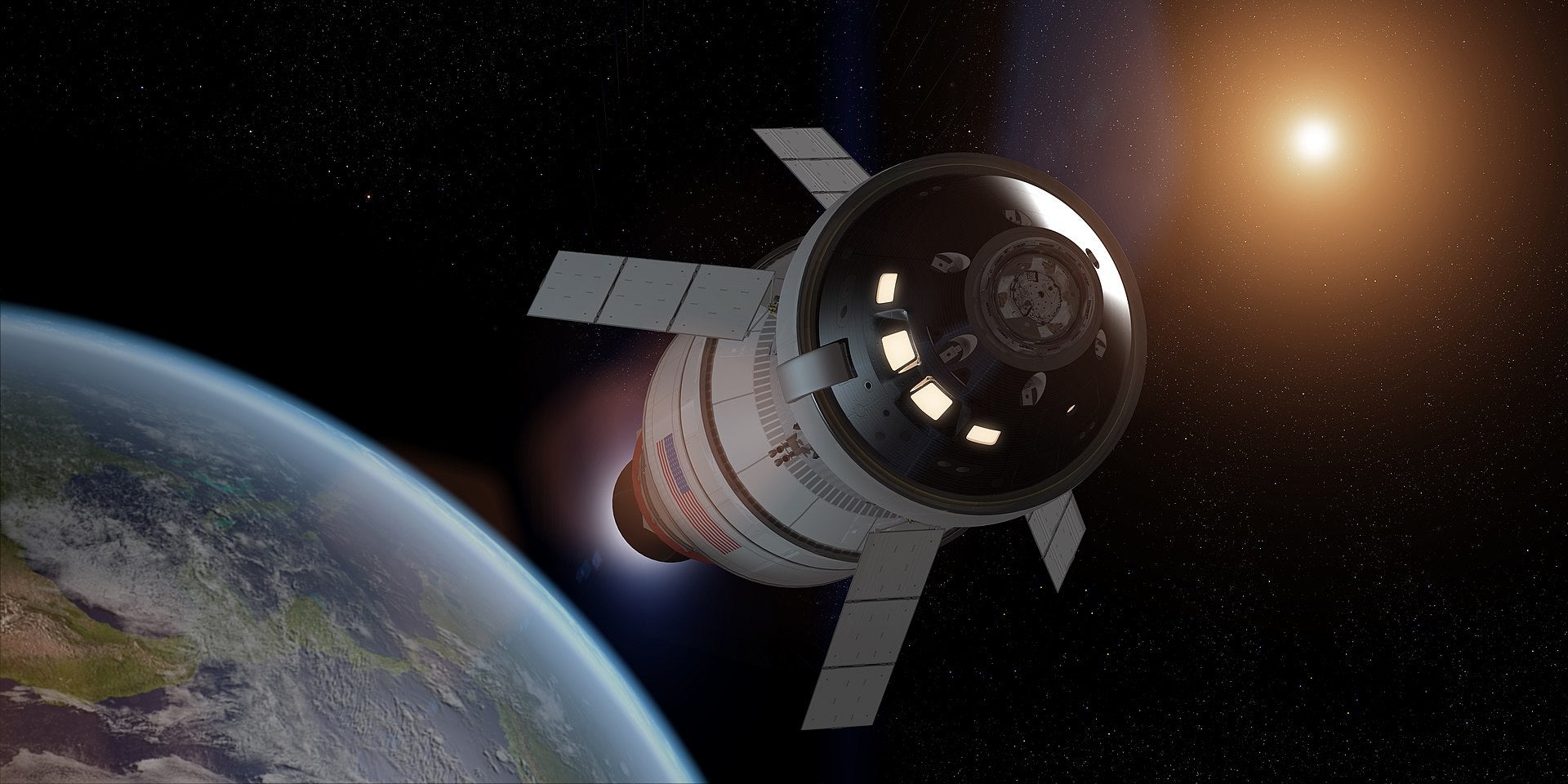Nasa to hunt down tiniest asteroid ever to be visited by spacecraft
The asteroid GE 2020 will be chased by a Near-Earth Asteroid Scout that will help test solar sail technology

Your support helps us to tell the story
From reproductive rights to climate change to Big Tech, The Independent is on the ground when the story is developing. Whether it's investigating the financials of Elon Musk's pro-Trump PAC or producing our latest documentary, 'The A Word', which shines a light on the American women fighting for reproductive rights, we know how important it is to parse out the facts from the messaging.
At such a critical moment in US history, we need reporters on the ground. Your donation allows us to keep sending journalists to speak to both sides of the story.
The Independent is trusted by Americans across the entire political spectrum. And unlike many other quality news outlets, we choose not to lock Americans out of our reporting and analysis with paywalls. We believe quality journalism should be available to everyone, paid for by those who can afford it.
Your support makes all the difference.Nasa is planning a mission to visit the smallest asteroid ever discovered by a spacecraft.
The space agency announced yesterday the side-mission to Artemis I, the program that will eventually carry humans to the Moon again.
Launching with an uncrewed test flight Nasa will send a Near-Earth Asteroid Scout – a shoebox-sized craft – to chase down 2020 GE, a near-Earth asteroid less than 18 metres in diameter.
The scout will be using a solar sail, harnessing solar radiation to propel itself through the chase; this makes it the agencies first deep space mission of its kind.
When the craft eventually meets its target, it will measure its size, shape, rotation, and other properties. Scientists hope to discover whether the asteroid is solid, ike a boulder, or comprised of smaller rocks similar to Bennu – the asteroid that is most likely to strike the planet in 2135.
“Thanks to the discoveries of NEAs by Earth-based observatories, several targets had been identified for NEA Scout, all within the 16-to-100-foot [5-to-30-meter] size range,” said Julie Castillo-Rogez, the mission’s principal science investigator at Nasa’s Jet Propulsion Laboratory. “2020 GE represents a class of asteroid that we currently know very little about.”
The mission will act as a precursor for future human and robotic missions that could use asteroid resources, as well as giving Nasa important insights into how to defend the planet from similar asteroids.
“Although large asteroids are of most concern from a planetary defence perspective, objects like 2020 GE are far more common and can pose a hazard to our planet, despite their smaller size,” said Castillo-Rogez.
The Chelyabinsk meteor, a small asteroid of only 20 meters that exploded over Russia in 2013, created a shockwave that broke windows and caused 1,600 injuries; that asteroid was of the same class as 2020 GE.
A secondary byproduct of the mission will be demonstrating solar sail technology for deep space encounters. The lightweight sail, about the size of a racquetball court, generates thrust by reflecting solar photons off it. The sail could be able to move at many 30 metres per second, while being low-mass and low-volume. It could navigate by tipping and tilting, changing the angle of the sunlight that hits it, just as a boat in the wind moves.
“The genesis of this project was a question: Can we really use a tiny spacecraft to do deep space missions and produce useful science at a low cost?” said Les Johnson, the mission’s principal technology investigator at the Marshall Space Flight Center.
“This is a huge challenge. For asteroid characterisation missions, there’s simply not enough room on a CubeSat for large propulsion systems and the fuel they require.”
Join our commenting forum
Join thought-provoking conversations, follow other Independent readers and see their replies
0Comments